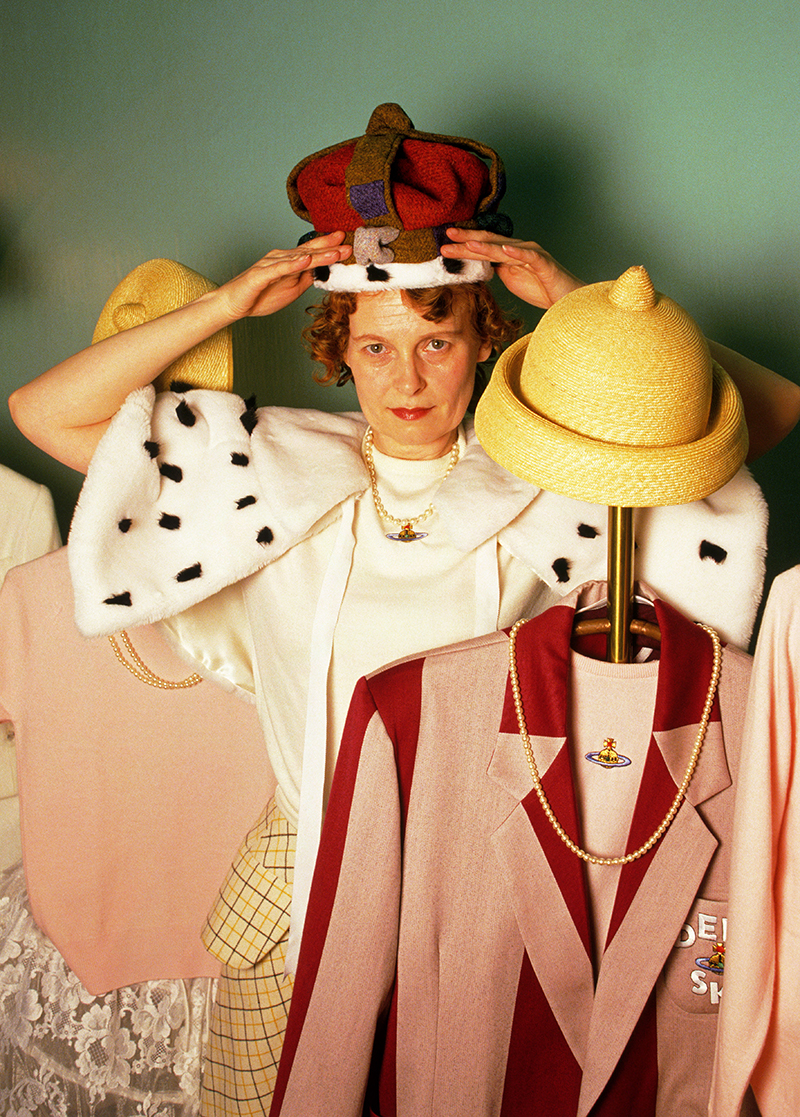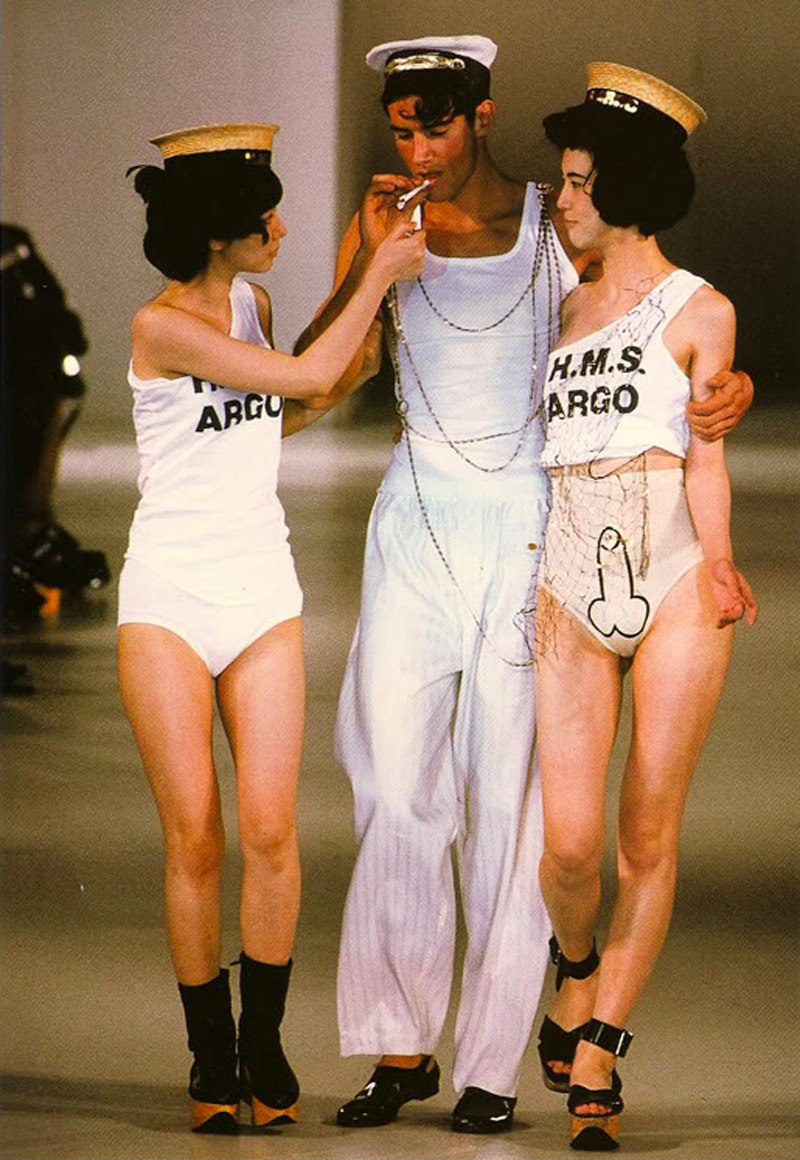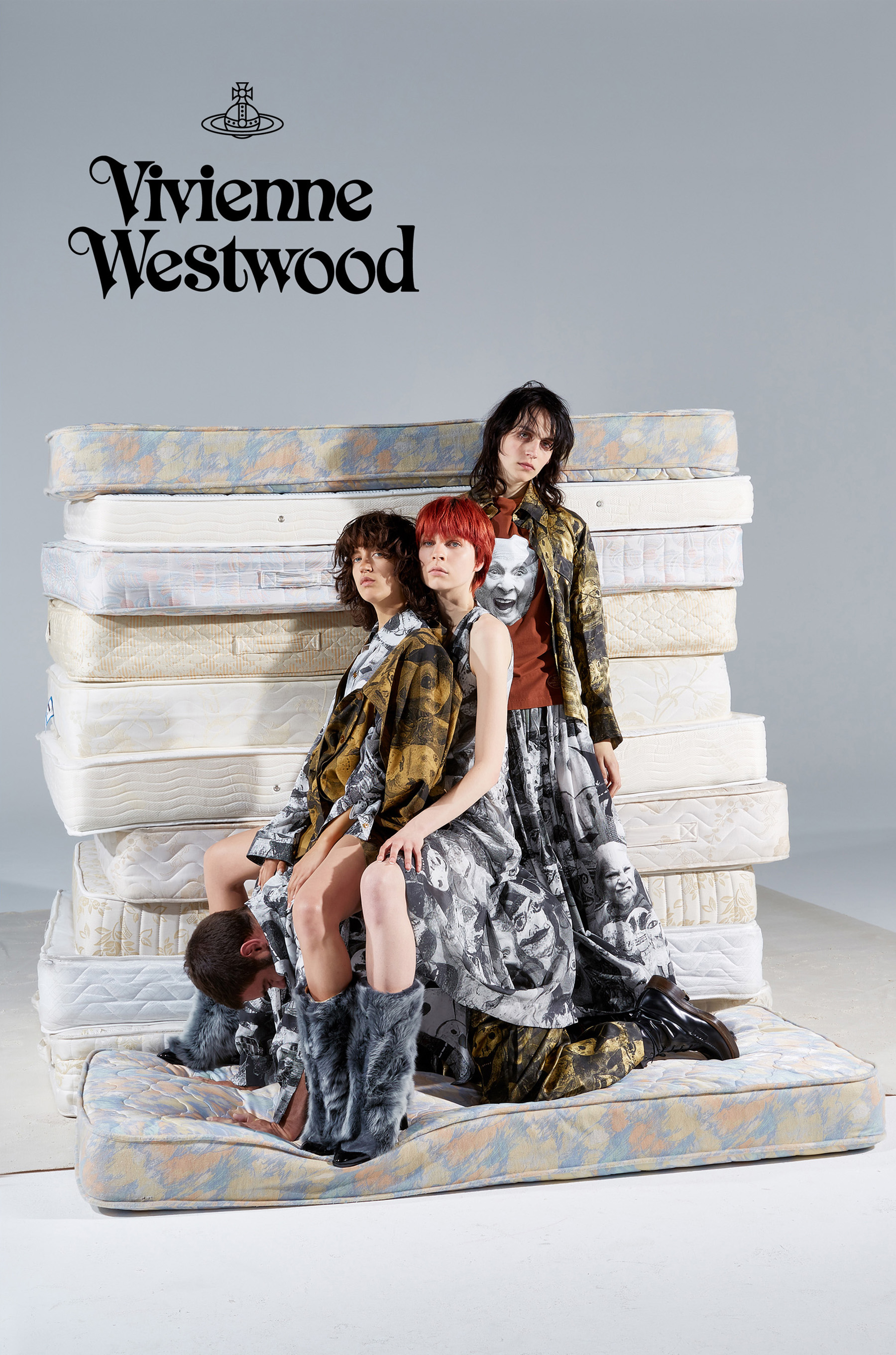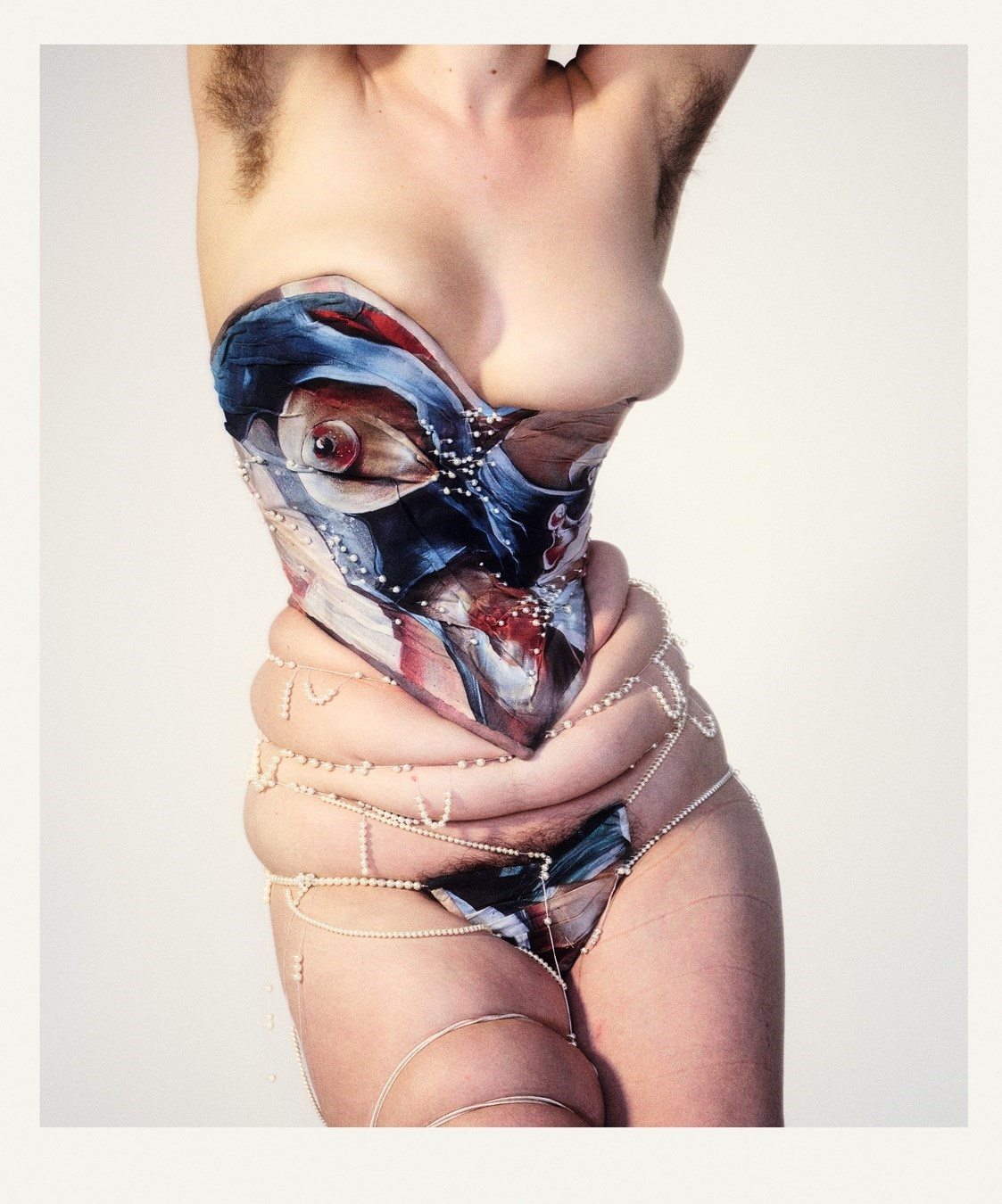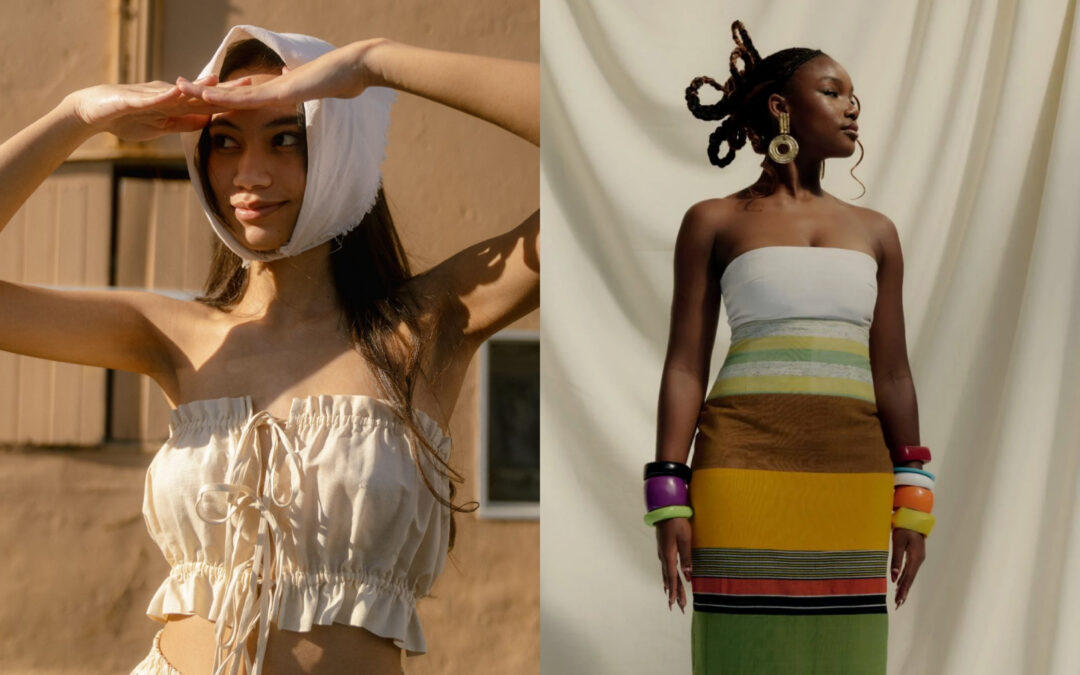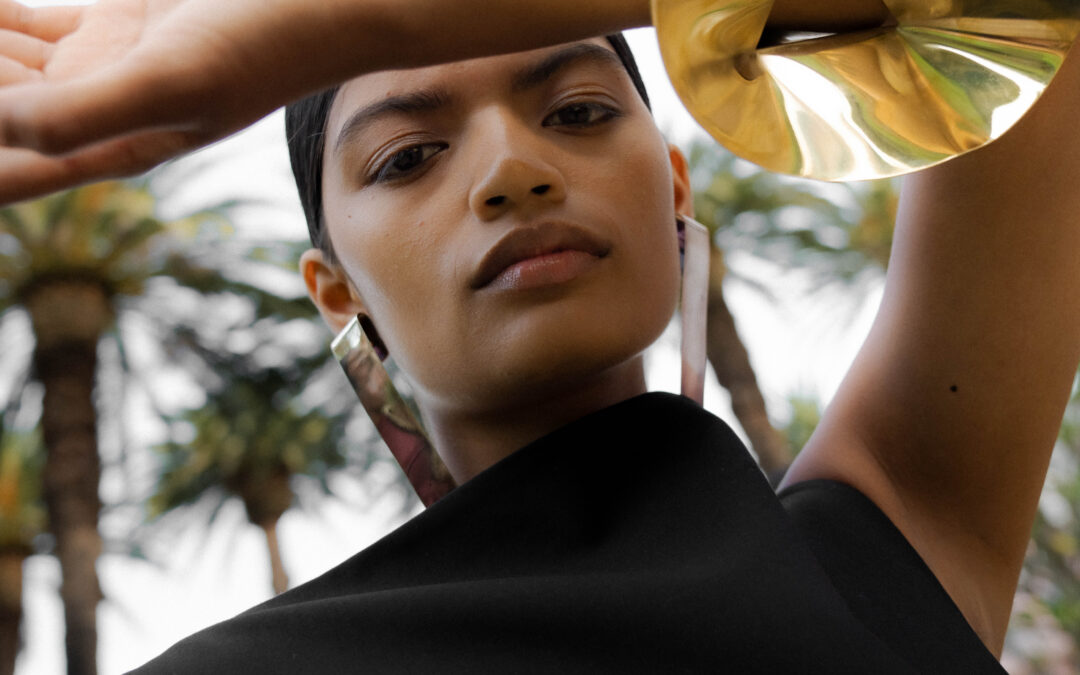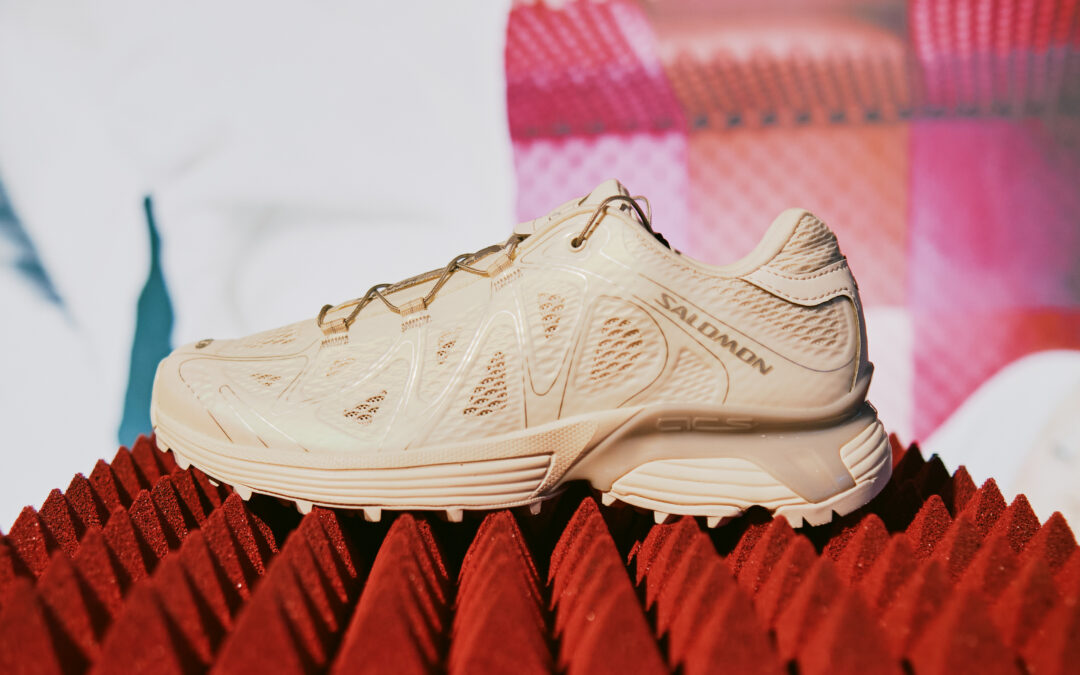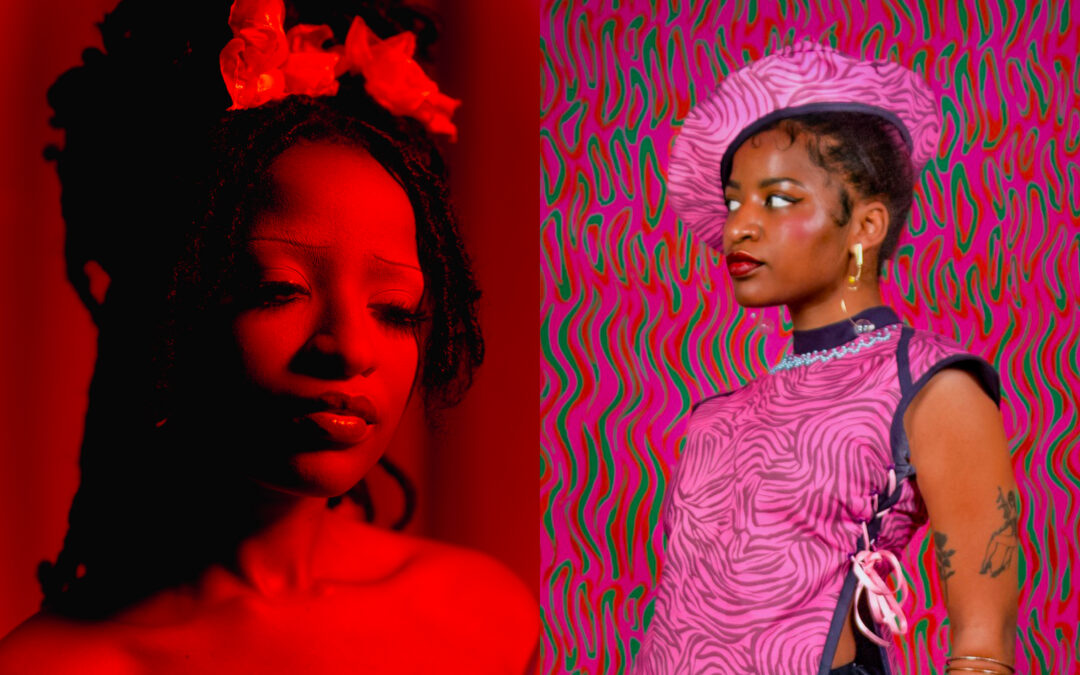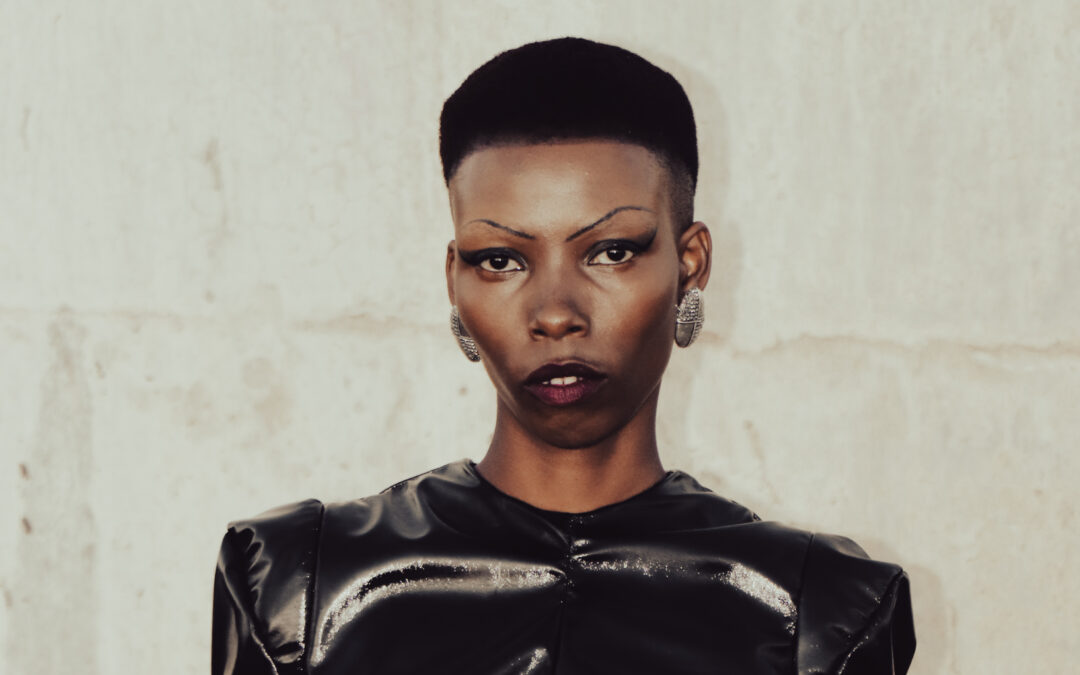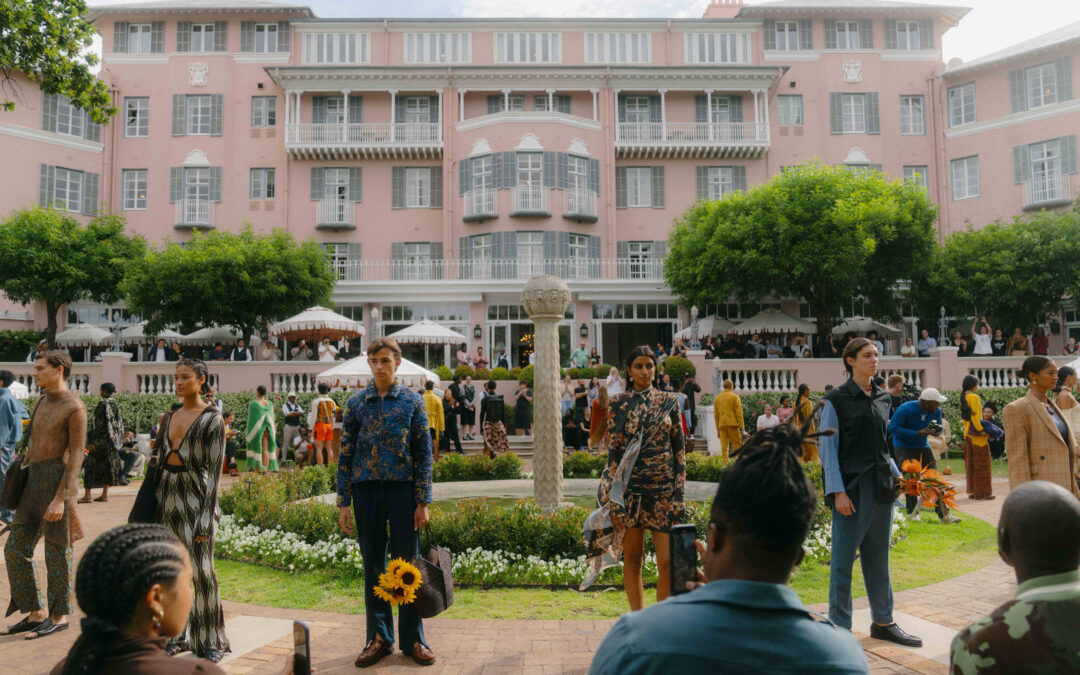There are certain people that feel beyond the beckon of death – and when it comes to Vivienne Westwood, the Godmother of Punk and Grand Dame of Fashion, it had not dawned on me in recent years that she may be coaxed by the eventual confrontation with mortality that awaits us all. When the news struck on the 29th December 2022; I was surprised at my own shock to read that she was 81 years old. I mean, of course – and yet, it was Vivienne’s precise, energetic vigour and vitality that seemed to elevate her beyond time, space – age or eras. Vivienne’s ingenuity carried her throughout the years, and evolved her presence as a hyper-intellectual designer and cultural curator from the 1970s until the moment she took her final breath. Still, Vivienne will live on – the ubiquity of her eponymous label’s Saturnian orb logo is now fully held by her husband and creative muse, Andreas Kronthaler; a natural contingency plan that has been in motion for many years. More on that later.
Vivienne’s life is one that strikes at the core of many threads that make up a contemporary fable; now, her’s will be a defining jewel in the lore of fashion history. It already has, in many ways; in her role as fashion’s elder witch in the 21st century. With a career spanning nearly 50 years, Vivienne is a myriad of juxtaposing ideas that exemplify what it has meant to be isolated by class, gender – to be under rule of a monarchy – and to turn all such threads of being into an alchemical tide of sartorial consciousness. Named as an influence to designers like John Galliano and Alexander McQueen; Vivienne’s self-determining intellectual development is seen across all her work, from beginning to end.


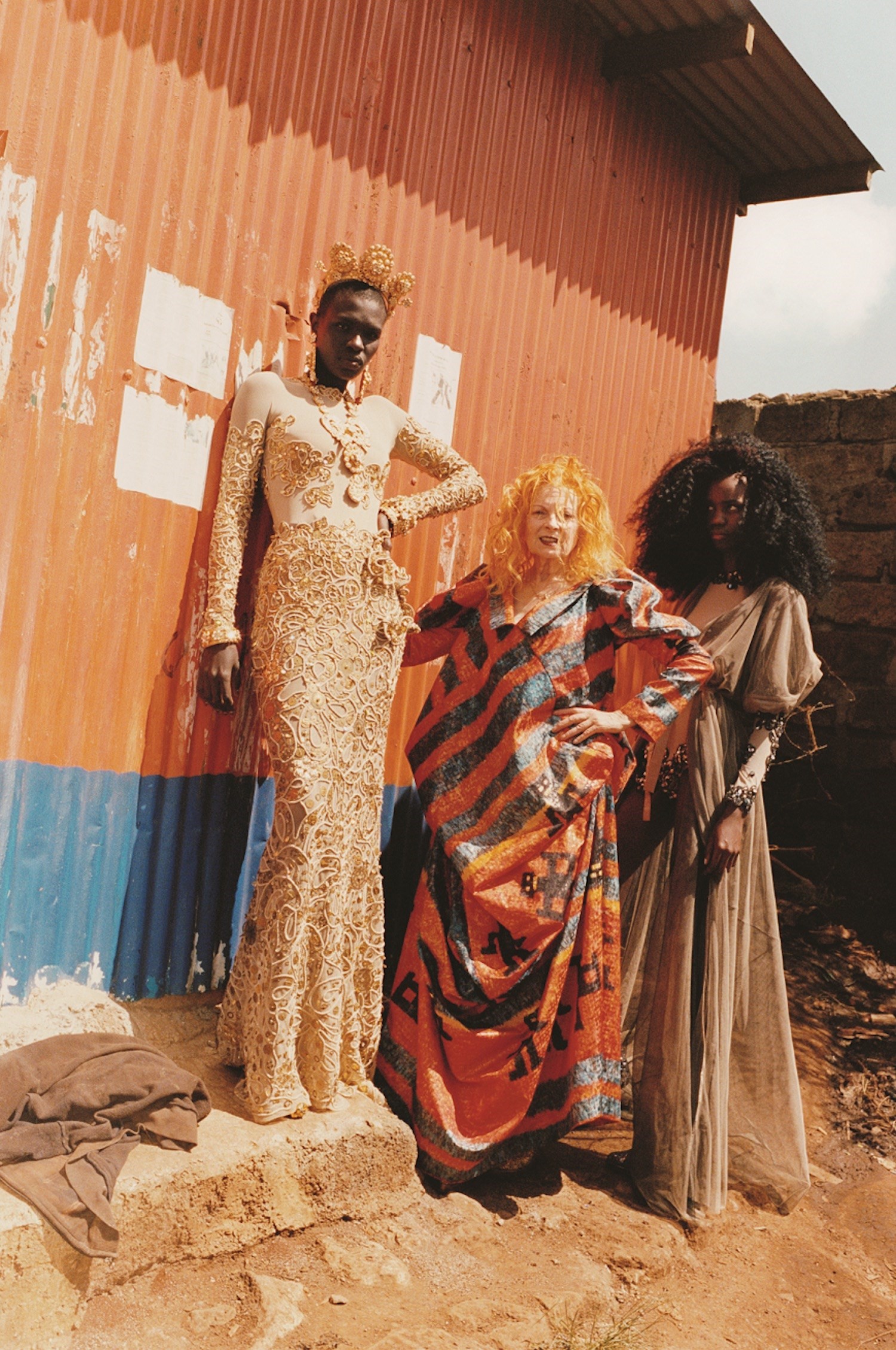
Vivienne was born in 1941 – during the culmination of the Second World War – to working class parents in Derbyshire, eastern England. Far from London, or any broader cultural consciousness, Vivienne’s formative years were spent playing in the woods – a place she credits with seeding her vivid imagination; daydreaming of having a little house under tree roots, wearing a magical dress that gave her unusual powers. This idea of garments as more than just fabric and stitch would be later reflected in Vivienne’s inimitable relationship to the power of dressing. Unusually for the socially oppressive nature of the times, Vivienne’s parents deeply encouraged her to see through her education; with women being afforded little in terms of career prospects. The idea that being a woman was perhaps a hindrance to a fulfilling life never seemed to stir Vivienne; in fact, being a feminine force would be Vivienne’s alma mater until her last moment on this earth.
In 1958, Vivienne’s family moved to London; and so the stage was set for her expansive, personal revolution. A short semester at Harrow Art School in jewellery and silversmith sparked a shift in Vivienne, famously saying “I didn’t know how a working-class girl like me could possibly make a living in the art world”. After some time as a primary school teacher, and her brief marriage to Derek Westwood – from whom her known name is derived – Vivienne was a self-taught seamstress and designer, tempering her self-expression in obscurely defiant ways. It was a chance meeting and subsequent love-affair with Malcolm McLaren that threw Vivienne into design as a full time life-path. Malcolm was a self-styled ‘impresario’ of bands; himself, totally obsessed with the idea that the 1970s needed a new, revolutionary style with which to push forward anti-establishment notions, and personal notoriety; thus, the punk years were born.


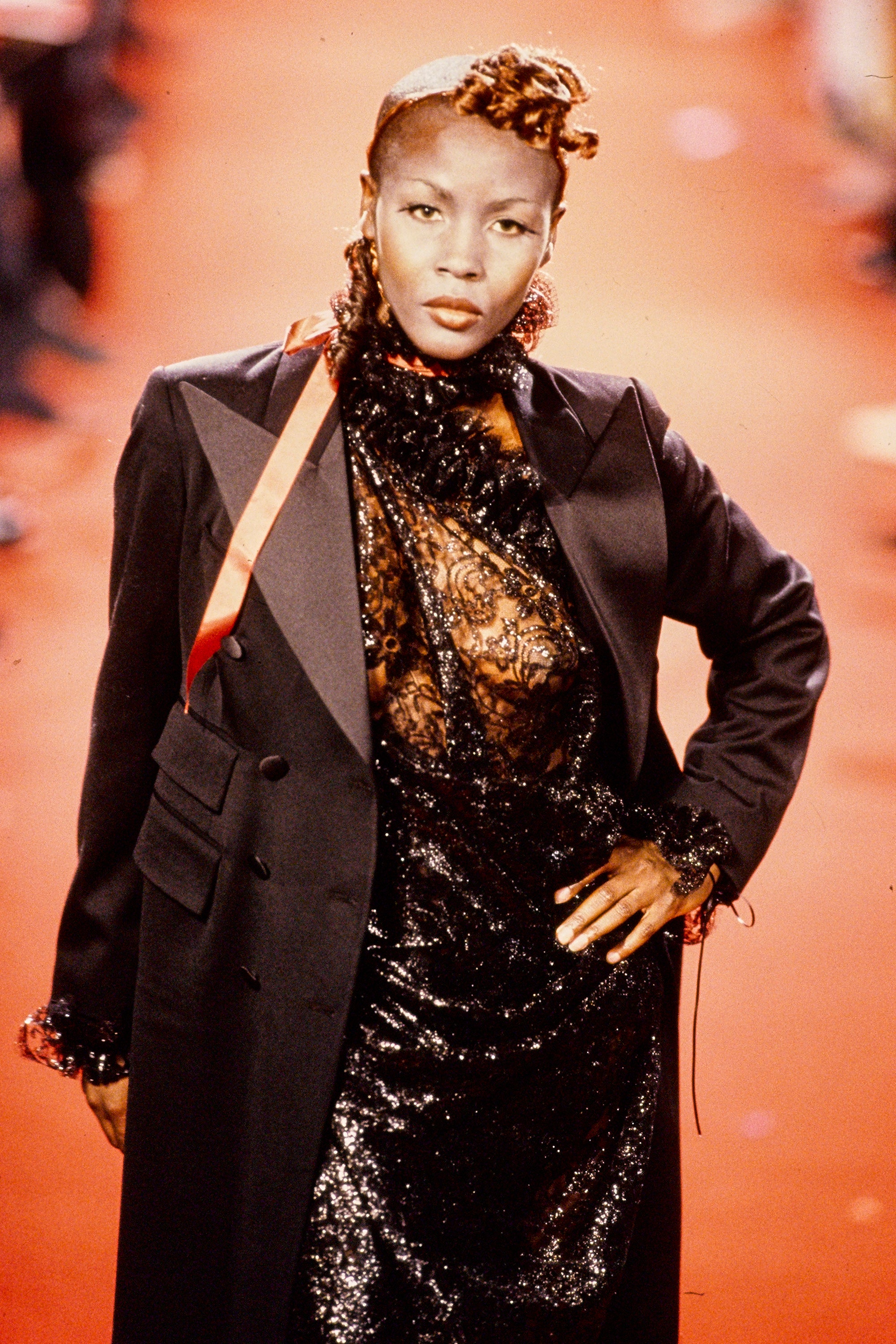
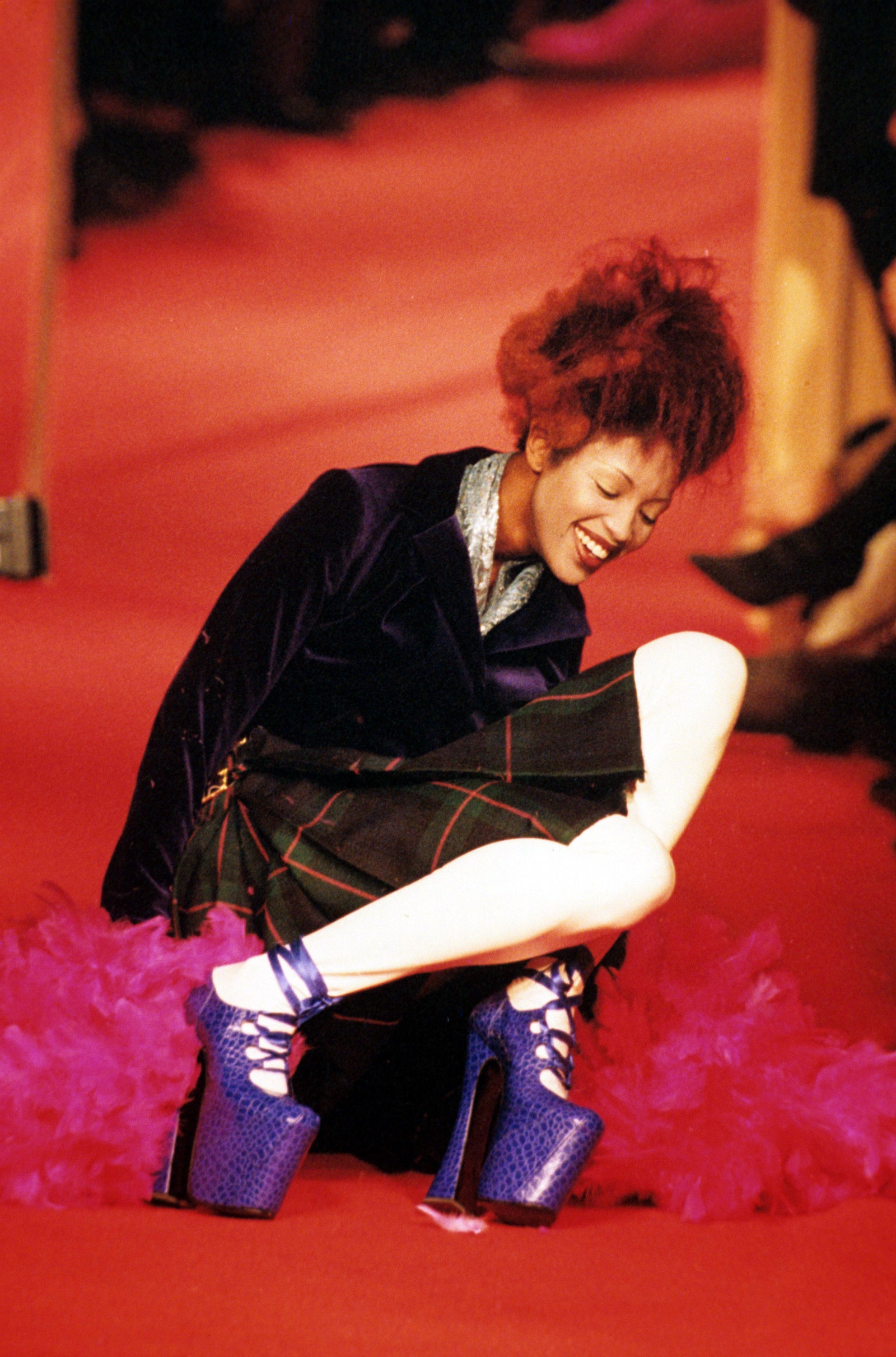
It’s important to remember that neither Westwood nor McLaren were the creators of punk itself; rather, they were the progenitors of its total onset out of the UK, styling in many ways the mood and look of punk as we know it; all leather-clad, mohawked sweat and sex. Mclaren confessed to visiting New York and seeing safety pins in place of stitches, and the grime and decay of a youth population totally at odds with the white-picket fence illusions of the 50s and 60s; capitalism’s seizure of culture and unconstrained dreams. Punk itself is a vast, multi-disciplinary movement across literature, politics, philosophy and art; all underpinned by anti-authoritarianism, anti-corporatism, anti-consumerism – and while the movement often feels reserved for the discontentment of white-working class people, Black proto-punk bands like Death and Bad Brains originating out of the political and artistic tensions of the civil-rights movements are the original blueprint of what would become Vivienne and Malcolm’s punk wave.
Vivienne and Malcolm fast-became the ‘Bonnie & Clyde’ of punk – with Malcolm managing bands like the Sex Pistols, and Vivienne dressing all of them. Their famous store, SEX, opened up at 430 Kings Road – Andrea Tuzio writers for Collater.al, saying “When the store was renamed “SEX” in 1974, the rich and bigoted community of Chelsea expressed their indignation at Westwood’s bold move, which consolidated her anti-establishment position and as a landmark in the punk movement. The opaque shop windows appeared to be those of a current sex shop and this prompted potential customers to enter to find out what was being sold inside. It was not a simple shop but a meeting point for the thousands of young Londoners who couldn’t stand capitalism, British materialism but above all the whole of the strongly pro-monarchic public opinion that saw only “young thugs” in punks.”

Later, punk’s time in the sun fade – a natural life cycle that all dominant sub-cultures must eventually undergo – and Vivienne’s relationship with Malcolm ending, their final dance together was the 1981 “Pirate” collection; Vivienne’s attention had turned firmly to historical references as a means to propel her design vision forward. The 1980s and 90s were Vivienne’s ‘Pagan Years’, with many of her collections referencing a hybridised version of antiquated British paganism and neo-classical Greek mythology; at a time when Versace was selling neon hued, Miami-style sex appeal – Vivienne’s endeavour for self-learning would find its apex signature in pieces like the corset; perhaps the most significant silhouette known from her label today. Harkening back to a time when ribbed boning corsetry and period-style drama ruled sartorial consciousness, pieces like the infamous Boucher corset was a revolution in juxtaposing contemporary ideas with historical dress-making and tailoring – Natalie Hughes writes for Harper’s Bazaar’s series “History of the Hero” saying “Because of their sartorial significance and relative rarity, Westwood’s original Boucher corsets are highly collectable and sell for upwards of £5,000 and into five digits – a value buoyed by the likes of FKA Twigs, the Kardashians and Megan Thee Stallion, all of whom stepped out in archival designs in 2019 – the same year Vivienne Westwood re-issued three limited-edition versions of her classic corsets. Those with their heart set on the Boucher corset will be happy to know the house re-released that too, priced at a comparatively more affordable £800.” It is this subversion of her label’s own success that makes Vivienne’s eternal sense of humour a lasting effect.
Since the early 1990s, Vivienne’s most beloved husband Andreas Kronthaler is almost equal in forging her legacy, and is the man after whom her Gold Label Collection was named; Andreas Kronthraler for Vivienne Westwood. As a silent designer and creative partner of the label for decades, Andreas and Vivienne’s romantic and creative partnership has contextualised much of the label’s success. With Andreas 25 years her junior; he has been exceptionally instrumental in carrying out Westwood’s legacy, spinning her original design language into his own – and yet never straying too far from recognition. With Andreas driving much of the label’s vision in recent years – Vivienne’s later life remained in defiance of society’s constraints. In 2012, she penned a manifesto called Active Resistance to Propaganda – a call to action for people against disengaged leaders who would rather see our world burn. As the biggest donor for the UK’s Green Party, Vivienne’s role as a designer-meets-activist is a behemothic case study on the innate power fashion has to play in driving conversations and actions – with Vivienne, materialism becomes energised as a framework in which we can challenge the prescriptions of society’s status-quo.

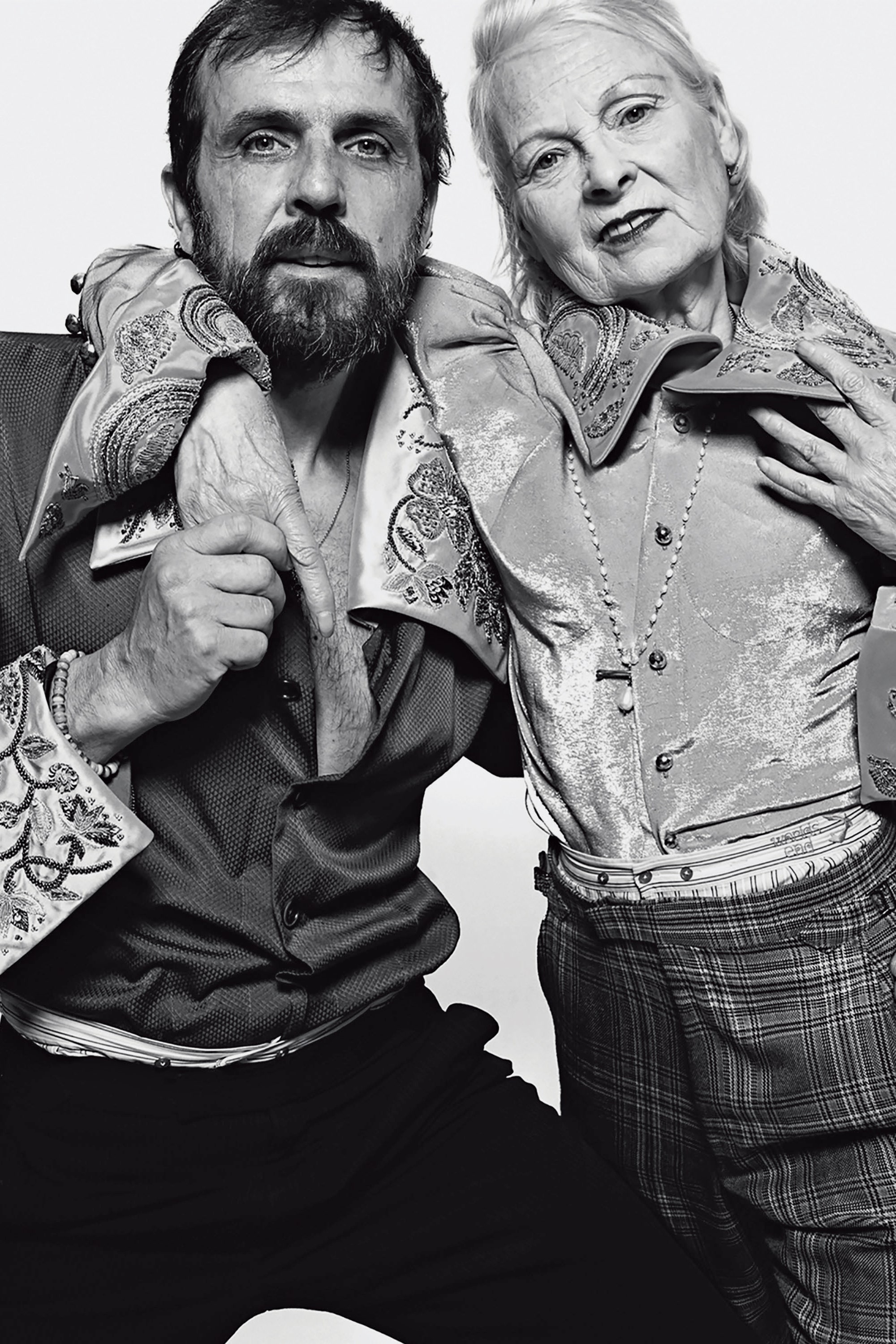
Vivienne’s design is intelligent design; a designer for whom references were found in philosophical prose, classical paintings, political treatises, as well the true education of people and ideas born from everyday existence; for Vivienne, the library was her formative moodboard; and this thirst for knowledge will always be the seat of her originality. Vivienne’s wild rebellion is often set in stark contrast to her personal movement from a working class girl to a bonafide seat at the table of social elitism; on one hand, she was rigorously critical of the fashion industry (and all industry) contributing to climate change, with numerous activist causes as threads throughout her career, and on the other; her vast design empire is in many ways, totally complicit. There are varying prisms within which to view Vivienne; one being that perhaps she was so punk that she climbed to the ‘top’, in order to continue fighting for her cause – knowing that with the megaphone that her social status and respect affords, could be alchemised in a way previously unavailable to her. This is precisely what makes Vivienne Westwood such an intriguing figure in our cultural lexicon; she is hard to pin down, difficult to critique, and yet – her impact on fashion, activism and free-thinking are unquestionable enrichments for the world. May she lay to rest under the roots of the trees that held her dreams as a young in those woodlands of Tintwistle village, England.
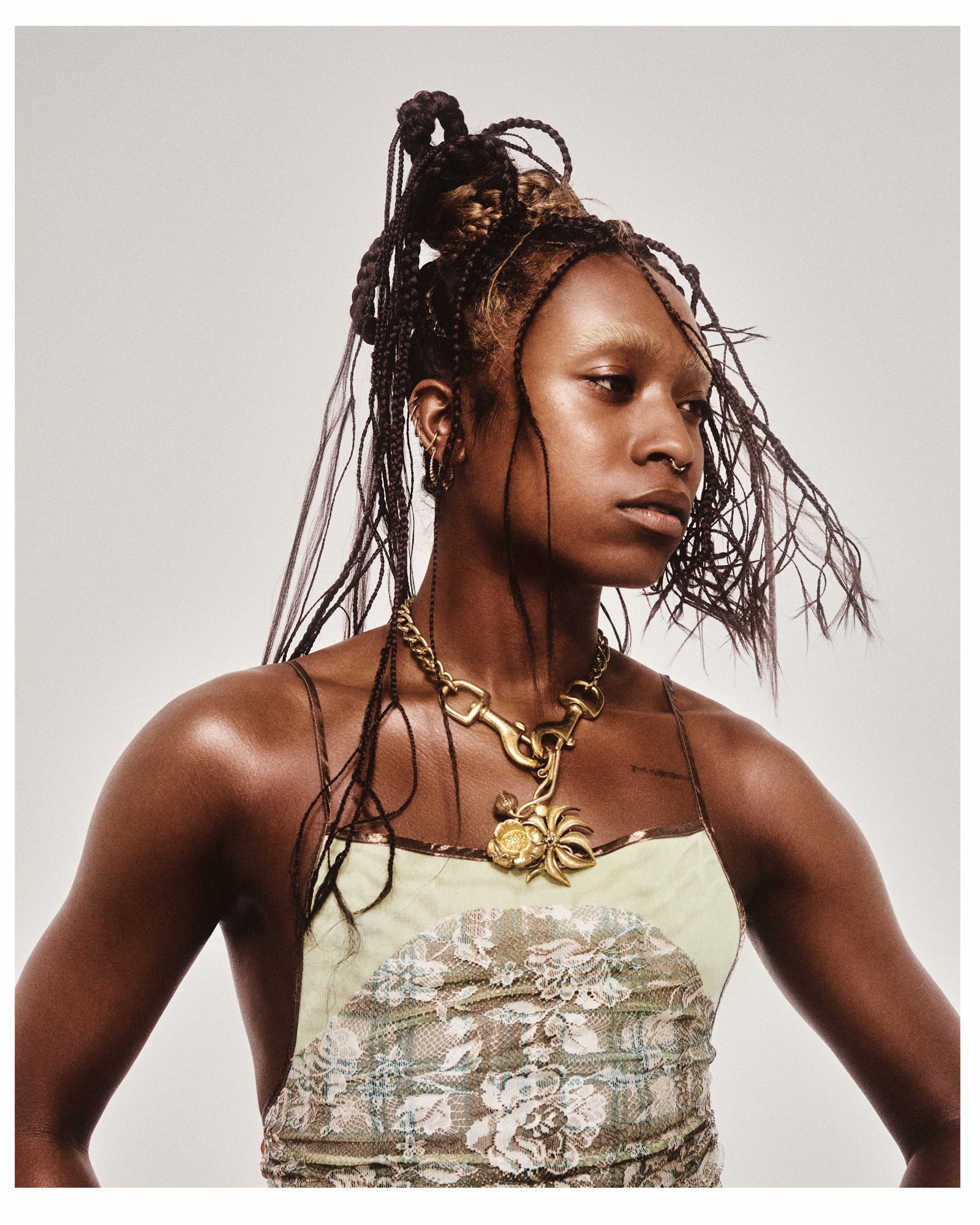
Written by: Holly Beaton
Published: 12 January 2023
For more news, visit the Connect Everything Collective homepage www.ceconline.co.za


